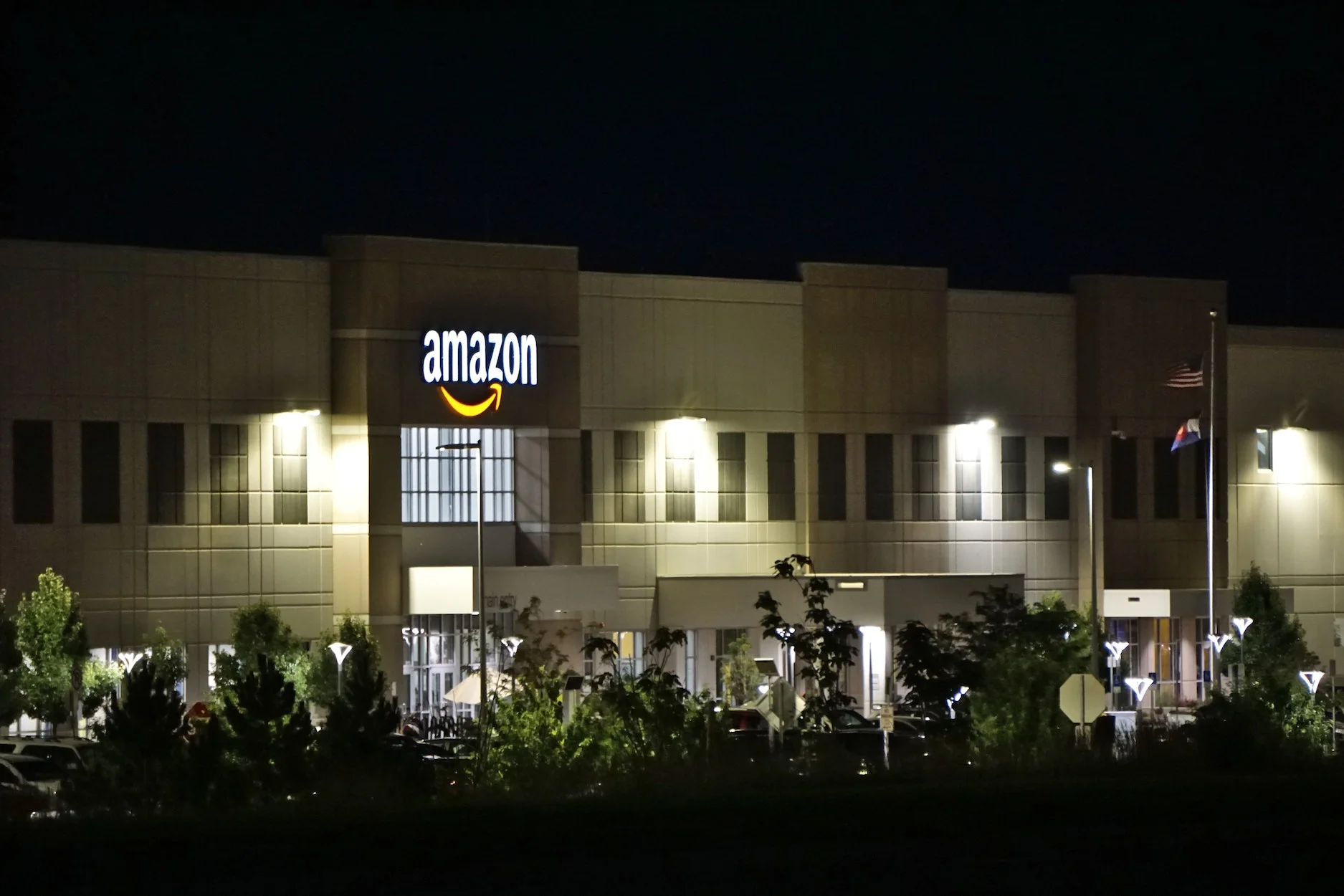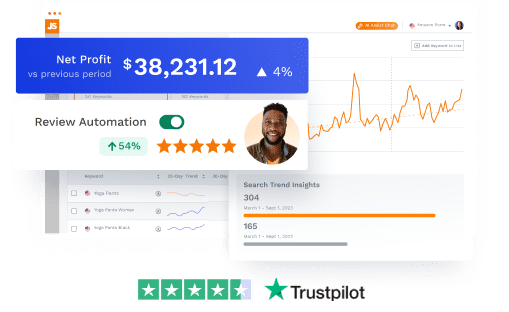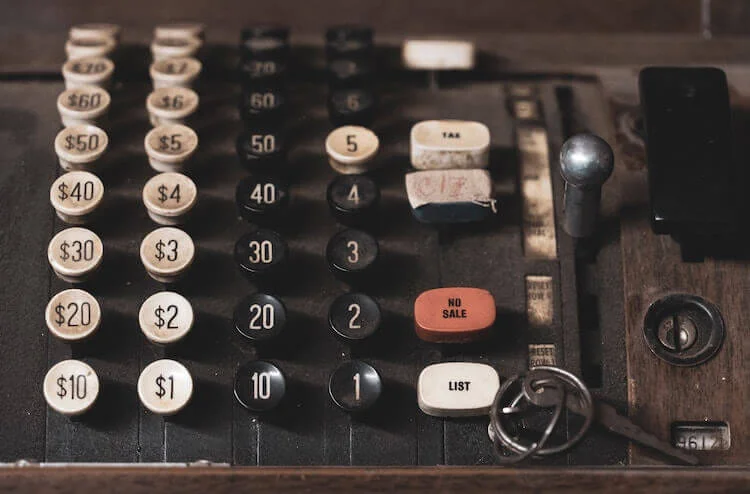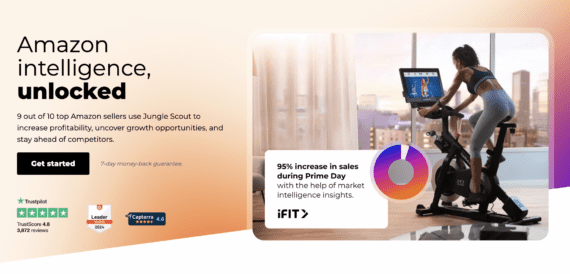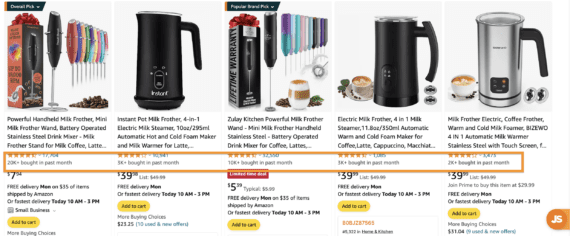Content
expand_moreNew sellers who want to start selling on Amazon often hear the term “Amazon FBA.” FBA stands for Fulfillment by Amazon and means that Amazon will store, pick, pack, and fulfill your orders for you – they will even handle customer service for orders fulfilled by Amazon.
When sellers use FBA to fulfill their orders, they will send their products to one of Amazon’s many fulfillment centers across the country (and the world).
In this article, we’ll explore what an Amazon fulfillment center is and how it works for your Amazon business.
What is an Amazon fulfillment center?
An Amazon fulfillment center is a large warehouse where Amazon receives, stores, picks, packs, and ships customer orders. Amazon has over 175 fulfillment centers worldwide, and they are all equipped with state-of-the-art technology to help them process orders quickly and efficiently.
These fulfillment centers play a crucial role in the company’s supply chain and order fulfillment process. With many spread out across the US and other countries, Amazon can deliver customers’ orders within two days – sometimes even the same day.
How does an Amazon fulfillment center work?
Amazon’s fulfillment network is very intricate and sophisticated, but here is how it works as an Amazon seller using FBA.
- Receiving and Storing Inventory: Products from various suppliers and sellers are delivered to the fulfillment centers. Upon arrival, the inventory is checked, counted, and sorted. It is then stored in designated areas within the warehouse. The storage locations are optimized for efficient retrieval based on factors like product size, popularity, and other logistical considerations.
- Inventory Management: Amazon employs advanced technology and software systems to keep track of inventory levels, locations, and other important details. This ensures accurate and real-time information about the availability of products.
- Picking: When a customer places an order, the picking process begins. Amazon uses a combination of human workers and robotics to fulfill orders.
- Warehouse workers receive picking instructions on handheld devices or through wearable technology. They locate the items in the warehouse based on the instructions, pick them, and move them to the next stage.
- Packing: Once the items are picked, they are brought to the packing area. Here, the items are carefully packaged based on their size and fragility.
- Amazon’s packing process is designed to ensure that items are protected during shipping while minimizing the use of excessive packaging material.
- Shipping: After packing, the orders are labelled and sorted based on shipping destinations and delivery options. Amazon has partnerships with various shipping carriers to ensure timely and reliable delivery to customers.
- Returns Processing: Fulfillment centers also handle product returns. Items that customers return are inspected, evaluated for their condition, and either restocked or processed for disposal or liquidation.
- Technology and Automation: Amazon has invested heavily in automation and robotics to improve the efficiency of its fulfillment centers. Robots assist in tasks like moving shelves of products to workers, optimizing the layout of the warehouse, and even assisting with sorting and packing in some cases.
Amazon fulfillment centers are a critical part of the company’s operations. They help Amazon to process orders quickly and efficiently, and they help to ensure that customers receive their orders on time.
Benefits of using Amazon fulfillment centers
The biggest benefits are that you, as a seller, will not need to handle your own order fulfillment process. Once you ship your inventory to an Amazon fulfillment center, Amazon handles the rest.
All you need to do is focus on marketing and selling your products and continue shipping more inventory to Amazon.
How to Ship Directly to Amazon FBA
Here are other benefits of using Amazon FBA:
- Prime Eligibility. When you use Amazon FBA, your products become eligible for Amazon Prime’s fast and free shipping, which can significantly boost your product visibility and sales. Prime members tend to prefer products that are eligible for Prime shipping.
- Fulfillment Expertise. Amazon is known for its efficient and reliable fulfillment services. By utilizing FBA, sellers can leverage Amazon’s expertise in inventory management, packing, and shipping, leading to better customer satisfaction and fewer logistical challenges.
- Customer Trust. When customers see that Amazon fulfills your products, it can enhance their trust in your products and brand, leading to higher conversion rates and repeat business.
- Customer Service. Amazon handles customer service inquiries related to shipping and returns for FBA orders. This reduces the burden on sellers’ customer support teams and ensures consistent and professional customer service experiences.
- Scalability. FBA allows sellers to scale their business without worrying about the logistics of storing, packing, and shipping products. As your sales volume increases, Amazon can handle the increased workload seamlessly.
- Storage Space Management. Amazon FBA helps optimize storage space by dynamically adjusting the amount of space your inventory requires. During peak seasons, you can utilize more space, and during slower periods, you can reduce your storage costs.
- Multichannel Fulfillment. Amazon FBA can also be used to fulfill orders from other sales channels, such as your own website or other ecommerce platforms such as Shopify. This gives you the flexibility to centralize your inventory management and fulfillment processes.
Amazon fulfillment center fees
When shipping products to Amazon’s fulfillment centers and using FBA to fulfill orders, there are additional fees associated with this service. On top of Amazon’s referral fees, FBA sellers need to pay FBA fees.
Here are the primary Amazon FBA fees:
Referral fees. No matter if you use FBA or FBM, you will pay a referral fee which is typically 15% of each sale, depending on the category.
Size-based fees. If you are using FBA, you will pay based on the size and weight of your product, either standard-size or oversize.
Here are Amazon’s current FBA fees:
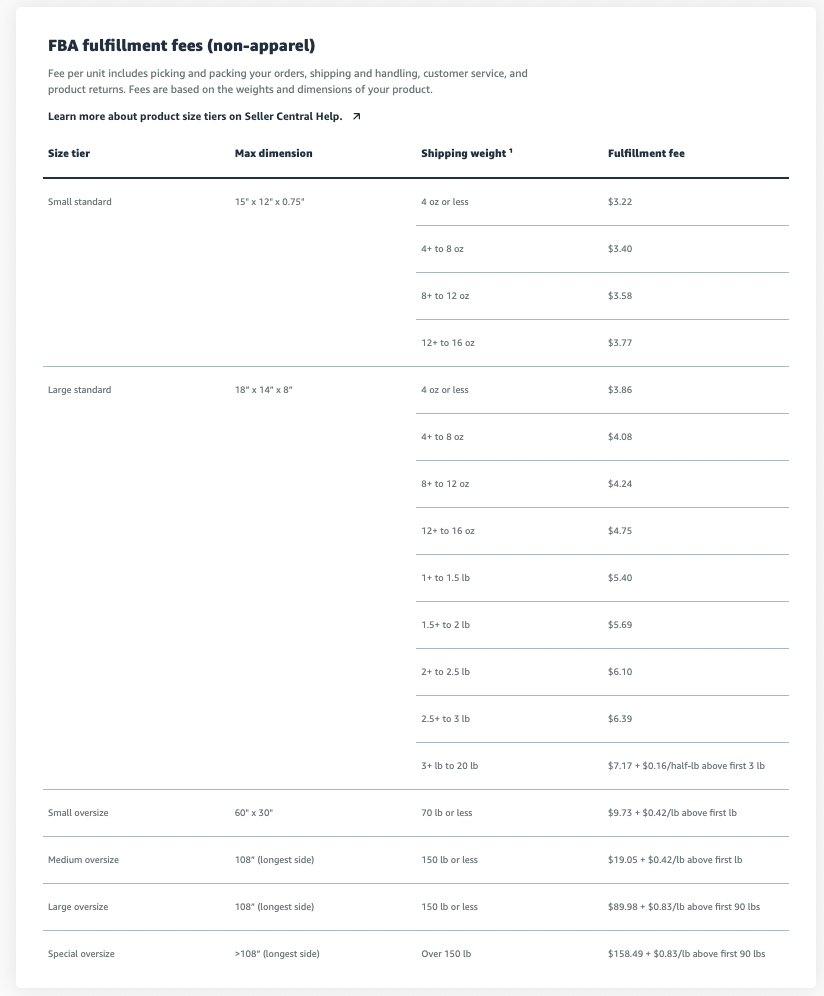
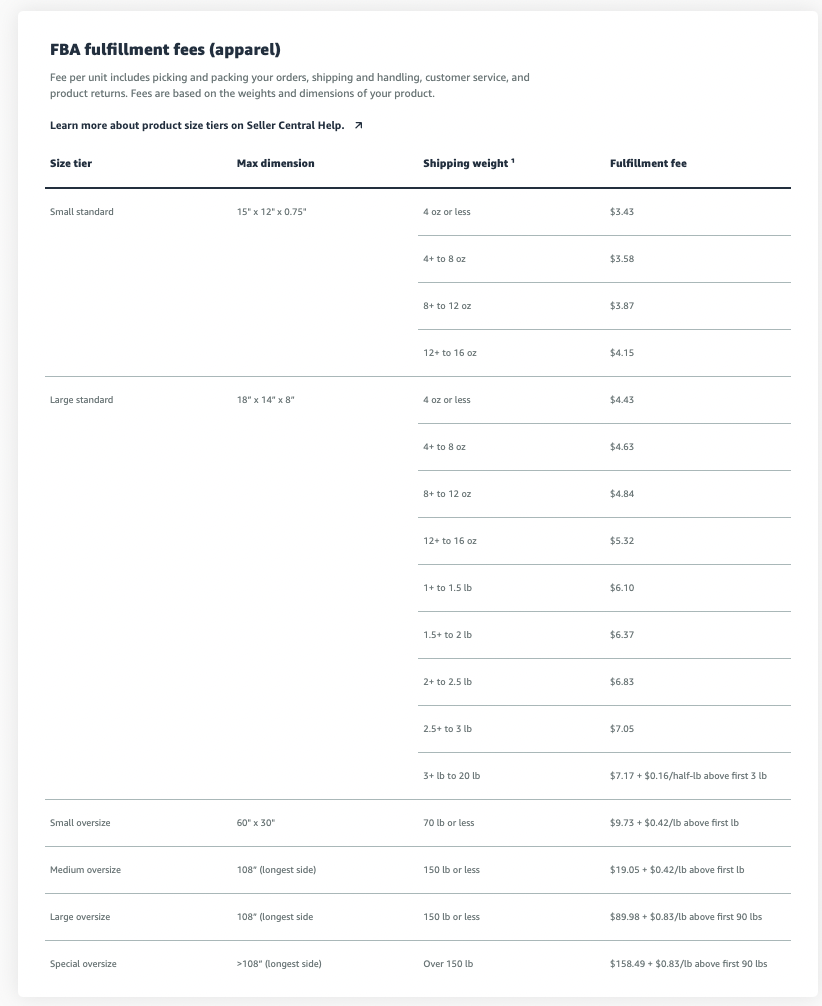
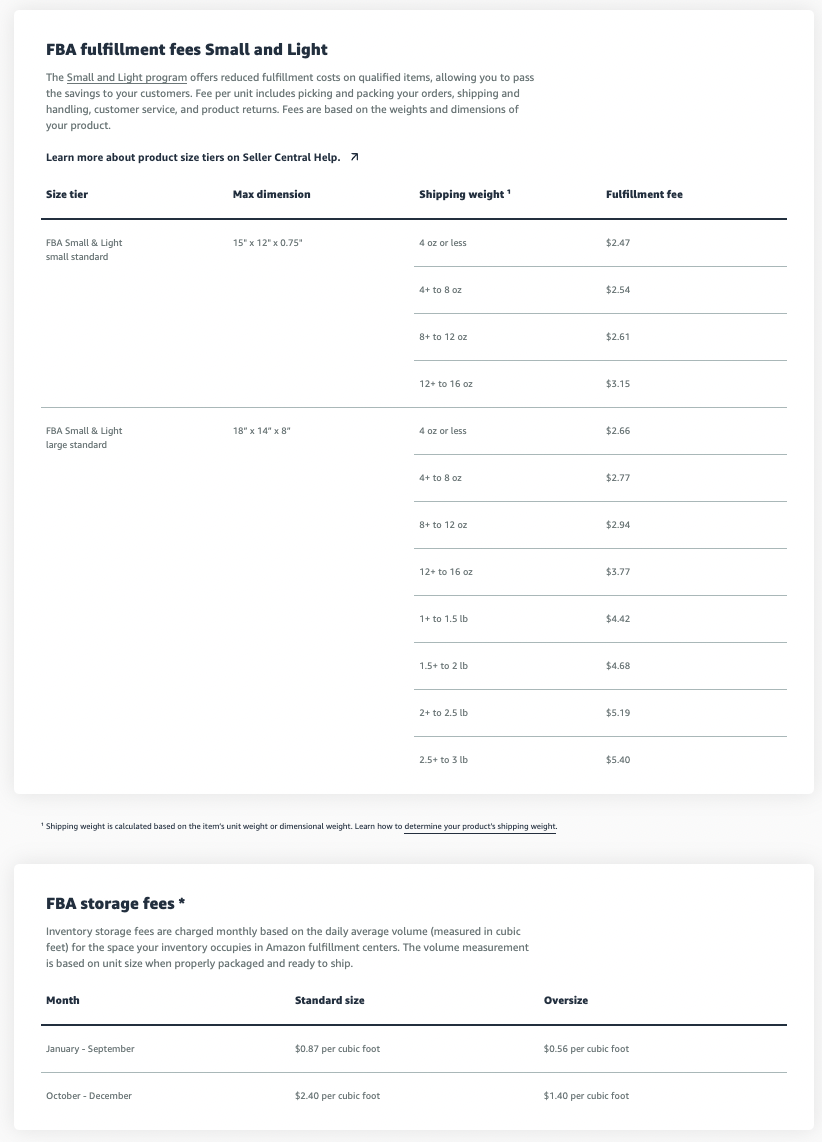
Use Amazon fulfillment centers to grow your business
Overall, Amazon’s fulfillment centers are integral to the company’s ability to provide fast and reliable shipping to customers around the world.
The combination of advanced technology, efficient processes, and a massive workforce enables Amazon to manage the complexity of its vast inventory and meet the demands of its customers in a timely manner.
Do you have more questions about Amazon fulfillment centers? Let us know in the comments.
Brian Connolly is an Amazon seller, ecommerce expert, and writer for Jungle Scout. He lives in the New Jersey Shore area with his wife and cat. When he isn’t writing advice online for aspiring and experienced Amazon sellers for Jungle Scout, he spends his free time boating, fishing, and selling boating-themed items on his Amazon business.

